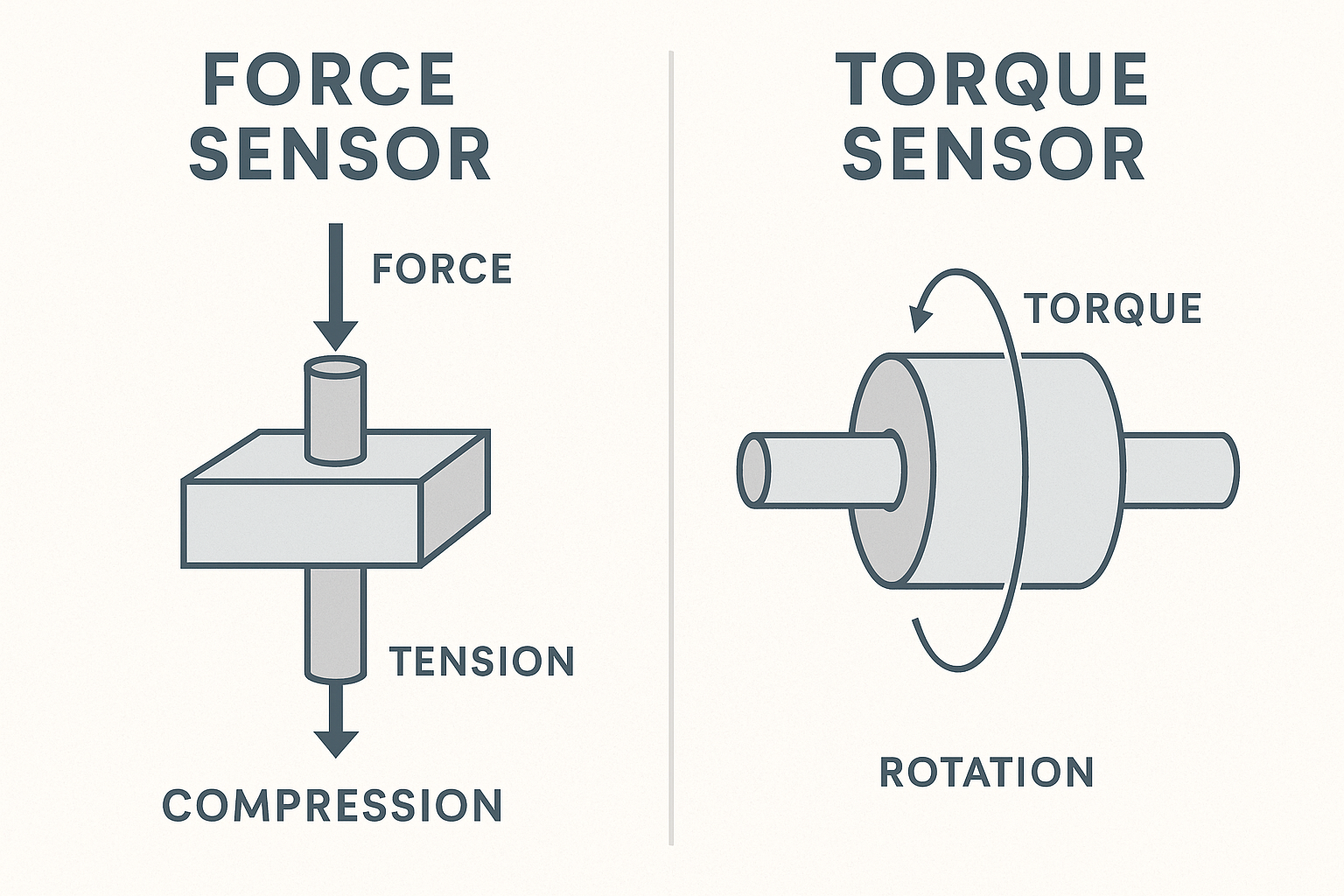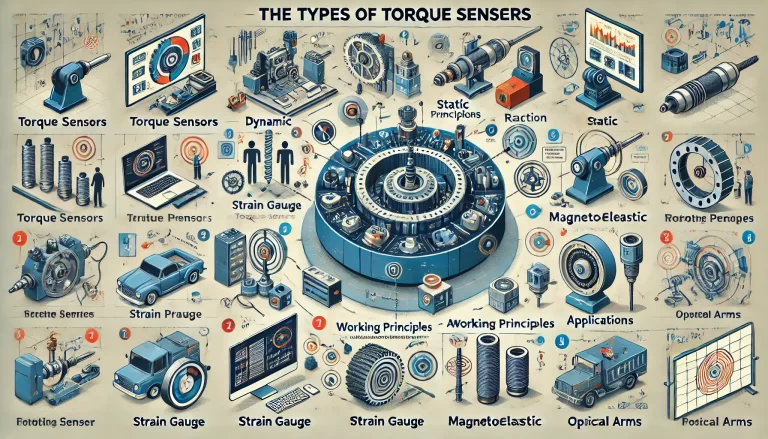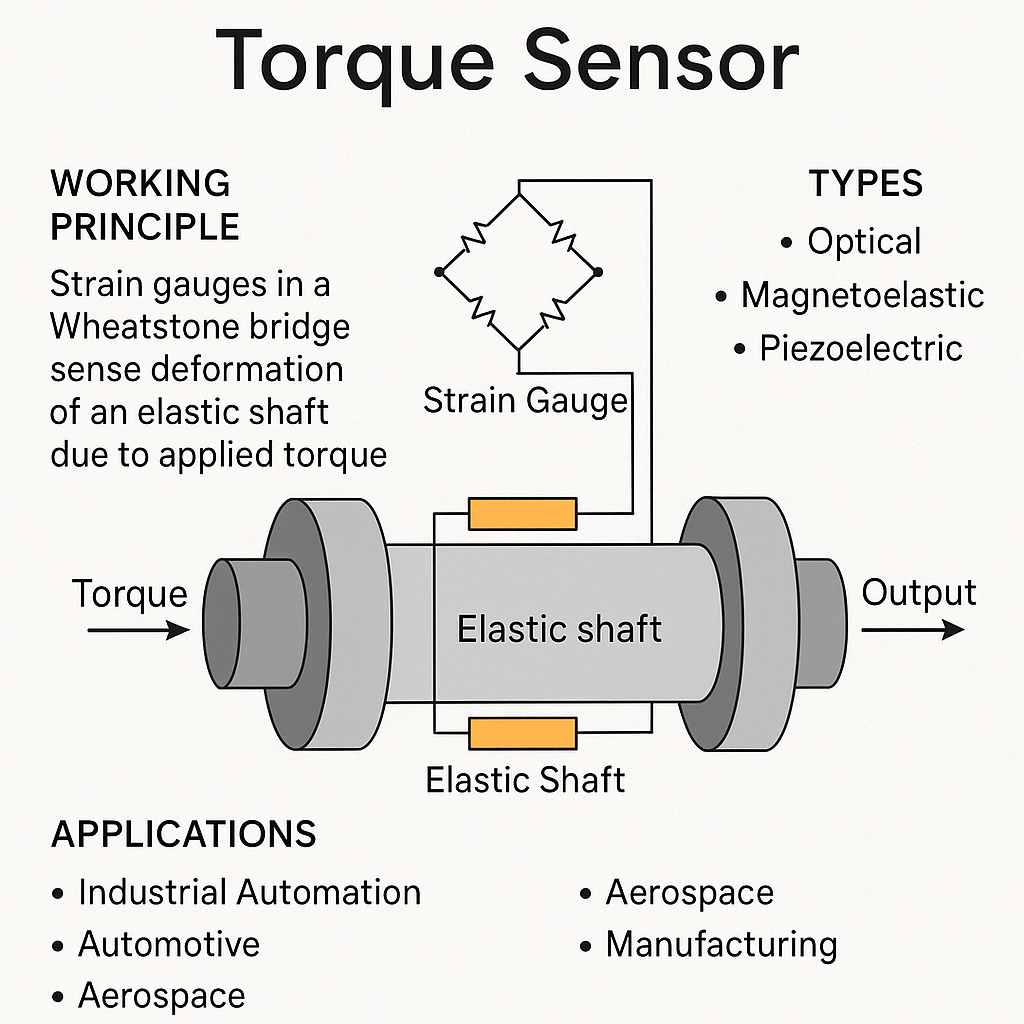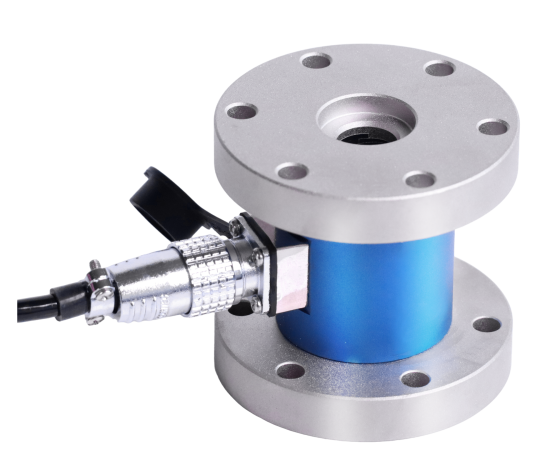Introduction
No matter how advanced or expensive your sensor is, its performance will degrade over time.
To maintain measurement accuracy, system reliability, and compliance, regular calibration is essential.
This guide explains what sensor calibration is, why it matters, and how to build a calibration strategy that keeps your instrumentation sharp and dependable.
1. What Is Sensor Calibration?
Calibration is the process of comparing a sensor’s output with a known, traceable standard to detect and correct deviations.
In simple terms:
You apply a known input → check the output → adjust the system if needed.
Calibration ensures that what your sensor “thinks” is 100 N, 1 bar, or 50 °C… actually is.

2. Why Is Calibration Necessary?
Sensors drift over time due to:
Mechanical fatigue (strain in load cells)
Aging of electronics or components
Environmental effects (temperature, moisture)
Installation or handling errors
Shock or overload events
Without calibration, drift accumulates—causing poor product quality, failed inspections, or even unsafe conditions.
3. Key Calibration Terms
| Term | Meaning |
|---|---|
| Zero | Output with no input applied |
| Span or Gain | The relationship between input change and output change |
| Linearity | How closely the output follows a straight line across the range |
| Drift | Change in output over time without change in input |
| Traceability | Connection to a national or international standard (e.g., NIST) |

4. How Often Should You Calibrate a Sensor?
| Use Case | Recommended Frequency |
|---|---|
| Critical safety or compliance | Every 6–12 months |
| High-cycle industrial usage | Every 6 months or quarterly |
| General process monitoring | Annually |
| After impact, overload, or repair | Immediately |
👉 Always follow the sensor manufacturer’s calibration guidelines.
5. Calibration Methods
🧪 Standard Weight / Deadweight Calibration (Load Cells)
Apply known weights and record output across multiple points.
🔧 Simulated Signal Injection
Use a voltage or current simulator to check the output signal chain.
🔁 Shunt Calibration
Use an electrical resistor across the Wheatstone bridge to simulate strain (for strain gauge sensors).
💻 Software Calibration (Digital Sensors)
Use manufacturer-provided tools or software to adjust digital sensors via USB, RS485, or CAN.

6. Calibration Equipment You May Need
Certified reference standards (e.g., weights, pressure gauges)
Precision multimeter or signal conditioner
Calibration fixture (jig, bracket, or test frame)
Calibration certificate templates
Environmental chamber (for temperature influence testing)
7. Best Practices for Long-Term Accuracy
✅ Use traceable standards (e.g., ISO 17025 certified weights)
✅ Calibrate under real-world conditions (same temp, load path, etc.)
✅ Allow warm-up time for sensors and electronics
✅ Record “as-found” and “as-left” data for documentation
✅ Label all calibrated sensors with date and due date

8. What Happens If You Don’t Calibrate?
Gradual loss of measurement confidence
Failed audits or certification lapses
Faulty products, wasted materials
In extreme cases: equipment damage or safety incidents
Calibration is preventive maintenance for your data.
Conclusion
Sensor calibration isn’t just a checkbox—it’s a core practice for ensuring quality, consistency, and trust in your measurements. Whether you’re operating in a high-stakes industrial plant or a precision lab, calibrating your sensors regularly pays off with better performance and fewer surprises.
Accuracy doesn’t last forever—but with calibration, it can last a lot longer.
